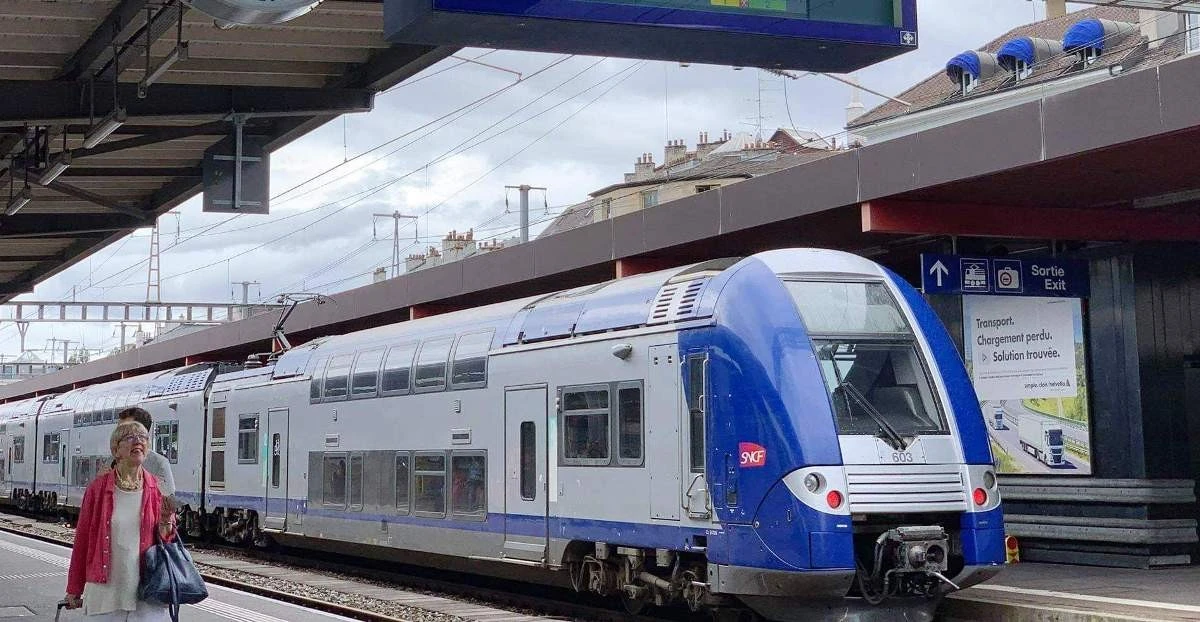
The North-South high-speed railway project is a symbolic project of an era of growth. (Illustration photo: PV/Vietnam+)
Over the past 100 years, our country's railway infrastructure has not changed much compared to the time when the French built it. As a result, the market share of passengers and cargo output of railways is still low compared to that of roads and aviation.
On the other hand, the railway still has only one track, a single line running North-South, and its "disjointed" connectivity has made the railway "out of breath" compared to other types of transport.
In order to realize the Party's policies and orientations, the Resolutions and Conclusions of the Politburo and deploy plans, a modern transport infrastructure system is the foundation of a modern, high-income industrial country, in which railways are an important method on high-volume corridors.
Therefore, in many documents, the Party and State have identified the goal of investing in the construction of a high-speed railway line on the North-South axis to create an important premise to turn our country into a developed, high-income country like many countries in the world .
The high-speed railway is not simply a project, but also a symbolic and strategic project, especially important in terms of economics , politics, society, national defense, security and international integration.
In addition, the project investment will create momentum for the economy, the development of high-speed railway is an objective necessity of the country's industrialization and modernization process, bringing the country into a new era, an era of national growth, an era of development and prosperity as General Secretary To Lam directed.
Historical milestone of the railway industry
“On November 30, 2024, the National Assembly approved the investment policy for the North-South high-speed railway project. This is a historic milestone for the railway industry, affirming the position and importance of railway transport in the country's development,” emphasized Mr. Hoang Gia Khanh, General Director of Vietnam Railways Corporation (VNR).
Having devoted his entire life to the railway industry, having held many positions from dispatcher at the unit and gradually rising to the management level, Mr. Khanh believes that, for "railway people", the 5 hours and 30 minutes journey time for the Hanoi-Ho Chi Minh City journey of the highest speed railway train in the future compared to the current journey of more than 30 hours clearly demonstrates the desire for "innovation" of the railway industry.
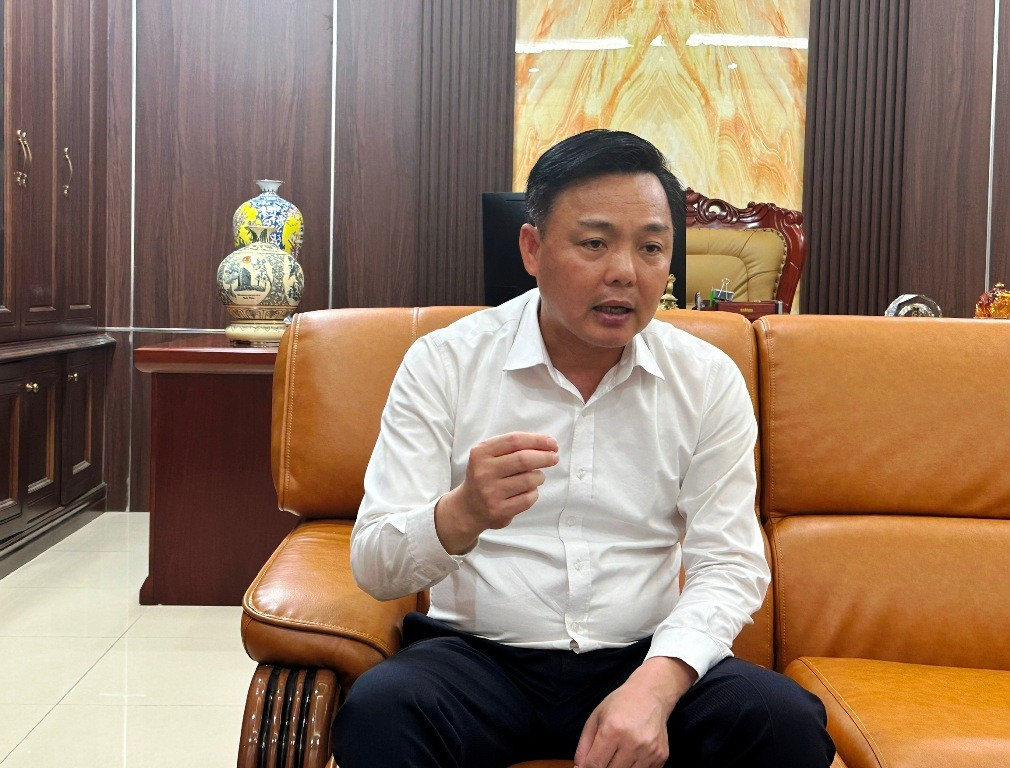
Mr. Hoang Gia Khanh, General Director of Vietnam Railway Corporation. (Photo: Viet Hung/Vietnam+)
According to Mr. Khanh, although Vietnam had a modern railway system early, after more than 100 years it has gradually deteriorated and is now really outdated. In recent years, railways have even "lost steam" compared to other forms of road and air transport due to lack of investment in outdated railway infrastructure, high ticket prices, low transport market share...
In recent years, railways have "lost steam" compared to road and air transport.
“Although the war has been over for 50 years, our country has hardly built any new railway lines and put them into effective commercial operation. With a 1m gauge and single-line railway, Vietnam’s railways are still what the French did 100 years ago. Tracks that are hundreds of years old still have to ‘struggle’ to carry dozens of trains,” the General Director of VNR acknowledged.

The railway infrastructure is outdated and old, and the track gauge is still from the time it was built by the French. (Photo: PV/Vietnam+)
When the North-South high-speed railway project was approved by the National Assembly, railway officials and workers could not hide their excitement and joy because this project is considered a historical milestone of the railway industry, affirming the position and importance of railway transport in the development of the country. Therefore, VNR will have strategic breakthroughs, with the mindset of daring to think, daring to do, daring to take responsibility to complete the assigned tasks.
The North-South high-speed railway project is a project for the future but also a "salvation" for the current North-South railway system of more than 1,700km, which is more than 100 years old.
Mr. Bui Xuan Phong, former Chairman of the Vietnam Railway Economics and Transport Association, said that the North-South high-speed railway project is a project for the future but also a "salvation" for the current North-South railway system of more than 1,700km, which is more than 100 years old, has degraded, is outdated and often paralyzed during the rainy and stormy season.
“If there is no modern railway to replace the current railway, passengers will continue to turn their backs on the railway. Vietnam Railways will lose the opportunity to compete and develop,” Mr. Phong stated.
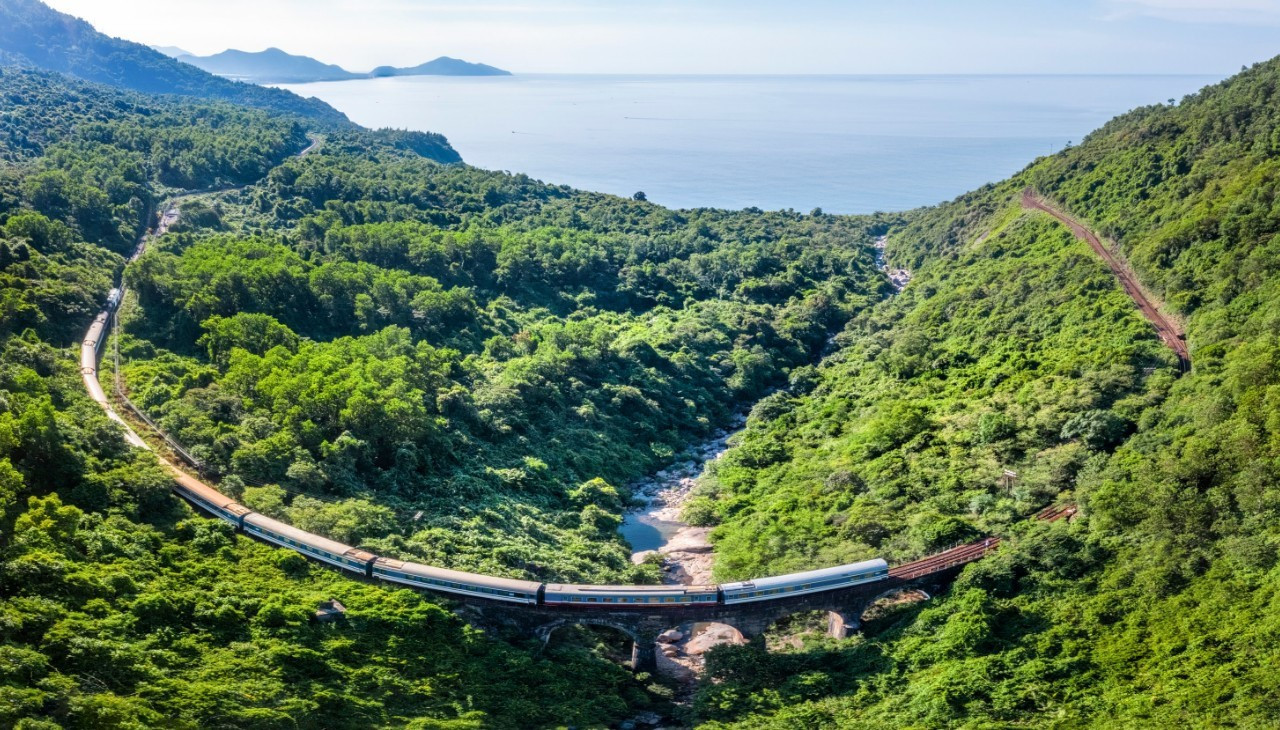
If there is no modern railway to replace the current railway, passengers will continue to 'turn their backs' on the railway. (Photo: PV/Vietnam+)
Mr. Nguyen Xuan Thuy, former Director of the Transport Publishing House, expressed optimism that the 23 North-South high-speed railway stations will create open space and development space for localities.
Without a modern railway to replace the current railway, passengers will continue to 'turn their backs' on the railway.
“Urban areas and industrial parks will be formed around the stations based on local planning, effectively exploiting land resources. On the other hand, high-speed railways will also restructure transportation when short distances under 150km favor road transport; medium distances of 150-800km favor high-speed railways; long distances over 800km favor aviation and high-speed railways,” said Mr. Thuy.
Narrowing regional gaps, growth drivers
According to the report of the Ministry of Construction, the North-South economic corridor plays the most important role in the country when it accounts for 54% of the urban population, 72% of class I-II seaports, 67% of coastal economic zones, about 63% of economic zones, 40% of industrial parks, over 51% of the country's GDP; connecting two special cities, the capital Hanoi and Ho Chi Minh City. Moreover, this corridor connects the East-West corridors, the growth poles to create a driving force for socio-economic development.
With the advantage of large-volume, fast, reliable and convenient transportation, Deputy Minister of Construction Nguyen Danh Huy affirmed that the high-speed railway on the North-South axis will shorten the distance between localities and regions, contributing to reducing the pressure of population concentration and infrastructure overload in large cities that are causing many consequences, especially in Hanoi and Ho Chi Minh City; restructuring and redistributing urban areas and population, opening up economic development space, effectively exploiting resources from land funds; promoting economic development, services, tourism; increasing the competitiveness of the economy.
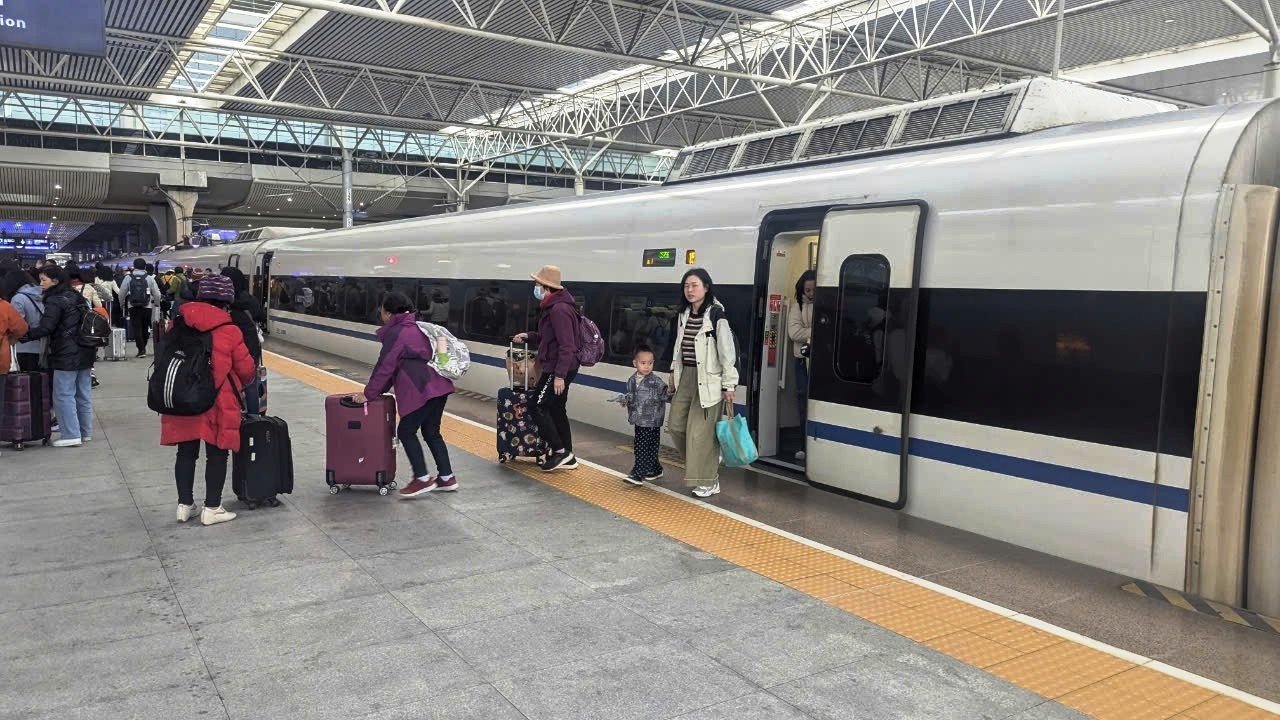
The North-South high-speed railway project will shorten the journey between provinces and cities. (Illustration photo: Viet Hung/Vietnam+)
“Investing in high-speed railways creates a construction market worth about 33.5 billion USD. If including the national railway system, urban railways will create a construction market of about 75.6 billion USD; vehicles and equipment of about 34.1 billion USD and millions of jobs. If transferred with appropriate technology, Vietnam has the ability to develop the railway industry, including mastering the construction industry; gradually mastering and localizing the manufacturing of carriages, power supply systems, information and signaling systems; and being self-sufficient in all operations, maintenance and production of some replacement components. Therefore, developing high-speed railways is a premise for developing the railway industry and supporting industries,” Deputy Minister Nguyen Danh Huy emphasized.
The high-speed railway on the North-South axis will shorten the distance between localities and regions, contributing to reducing pressure on population concentration and infrastructure overload in large cities.
Mr. Hoang Gia Khanh, General Director of VNR, assessed that railway transport is an important means of transport. Compared to other forms, railway has the advantage of transporting large goods, high efficiency, especially safety, and average cost. Forecasted demand for freight transport by 2050 on the North-South route is more than 18.2 million tons/year, demand for passenger transport is about 122.7 million passengers.
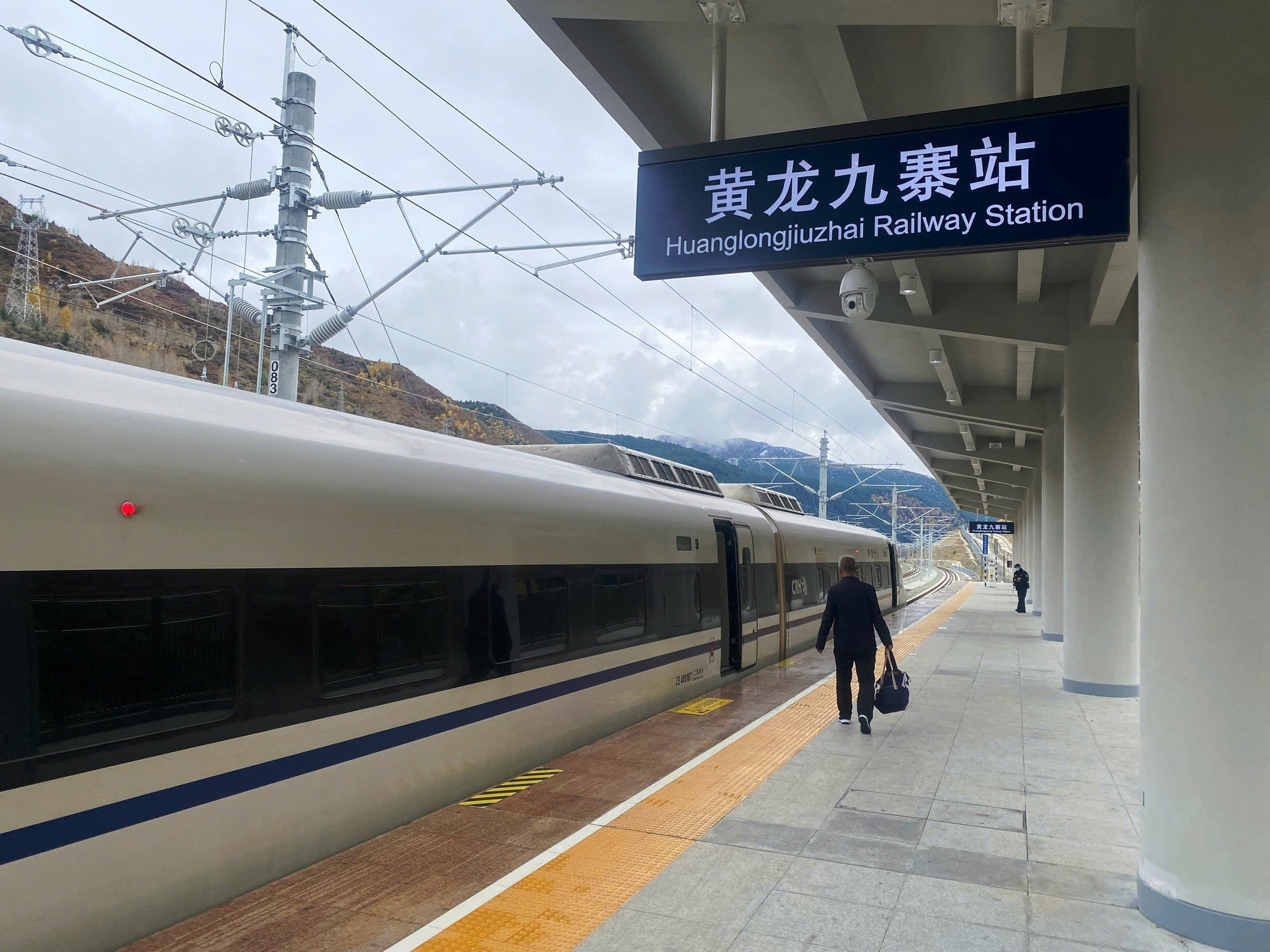
The high-speed railway will focus on passenger and freight transport when needed. (Illustration photo: Viet Hung/Vietnam+)
Therefore, to meet the needs of freight and passenger transport, Mr. Khanh said that in addition to investing in high-speed railways, we should continue to upgrade existing railways to serve specialized freight transport such as heavy goods, liquefied gas, gasoline, etc. Particularly, high-speed railways will focus on passenger transport and freight transport when needed.
“High-speed rail transport, when formed, will play an important role, synchronously connecting 5 main modes: road, rail, sea, air, inland waterway on the North-South axis. This not only takes advantage of the strengths of each mode but also optimizes the transportation system, reduces logistics costs, and enhances the competitiveness of the economy. When the method of freight transport is flexible, fast, and cost-effective, it will contribute to socio-economic development,” the General Director of VNR emphasized.
At the National Conference on Disseminating and Implementing the Resolution of the 10th Central Conference, Session XIII, held on October 20, 2024, Prime Minister Pham Minh Chinh affirmed that the policy of investing in the North-South high-speed railway is an objective requirement and a strategic choice to develop the country's infrastructure.
The current position and strength of the country allow us to implement the High-Speed Railway Project on the North-South axis with the spirit of self-reliance and self-strengthening according to the motto of shortened procedures and shortened construction.
The Prime Minister pointed out that in 2010, the country's economy was still facing many difficulties, with GDP per capita just over 1,000 USD and GDP over 100 billion USD, so investment in the North-South high-speed railway had to be put on hold. Up to now, Vietnam's GDP has increased 3-4 times and there is room to invest in the entire North-South high-speed railway line, in line with people's expectations.
“The current position and strength of the country allow us to implement the North-South High-Speed Railway Project with the spirit of self-reliance and self-improvement following the motto of shortened procedures and shortened construction. We have the conditions to do it and must be determined to do it. We need to have new ways of doing things, innovate management methods, mobilize resources, and fight against negativity and waste in project consultancy work,” the Prime Minister emphasized.
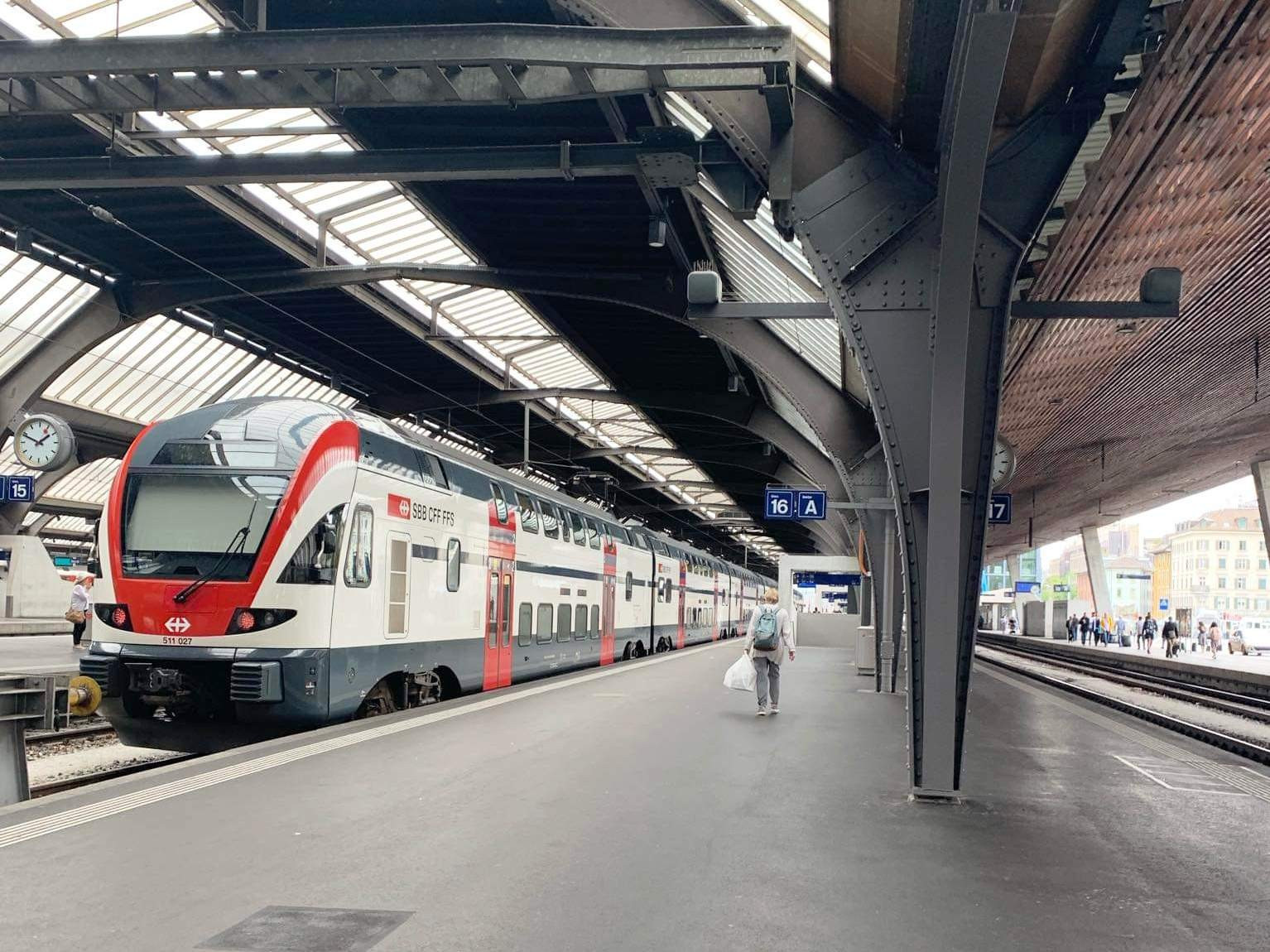
The North-South high-speed railway project will create momentum for socio-economic development, bringing the country into an era of growth. (Illustration photo: PV/Vietnam+)
According to Minister of Construction Tran Hong Minh, currently, the Ministry of Construction and ministries, branches and localities are focusing on implementing key tasks with progress milestones from 2025, organizing the selection of consulting contractors to conduct surveys, prepare feasibility study reports and perform related tasks, submit to the Prime Minister a feasibility study report in the fourth quarter of 2026, then organize the selection of contractors for the project implementation phase, sign contracts and ensure conditions to start construction in the fourth quarter of 2027.
“The construction industry in general and the railway industry in particular are ready with the highest spirit and determination to 'only discuss action, no backtracking' in order to soon implement the project,” Minister Tran Hong Minh affirmed./.
(Vietnam+)
Source: https://www.vietnamplus.vn/bai-2-duong-sat-toc-do-cao-bac-nam-cong-trinh-cua-ky-nguyen-vuon-minh-post1035194.vnp


![[Photo] Ho Chi Minh City is brilliant with flags and flowers on the eve of the 1st Party Congress, term 2025-2030](https://vphoto.vietnam.vn/thumb/1200x675/vietnam/resource/IMAGE/2025/10/10/1760102923219_ndo_br_thiet-ke-chua-co-ten-43-png.webp)
![[Photo] General Secretary attends the parade to celebrate the 80th anniversary of the founding of the Korean Workers' Party](https://vphoto.vietnam.vn/thumb/1200x675/vietnam/resource/IMAGE/2025/10/11/1760150039564_vna-potal-tong-bi-thu-du-le-duyet-binh-ky-niem-80-nam-thanh-lap-dang-lao-dong-trieu-tien-8331994-jpg.webp)



![[Photo] Opening of the World Cultural Festival in Hanoi](https://vphoto.vietnam.vn/thumb/1200x675/vietnam/resource/IMAGE/2025/10/10/1760113426728_ndo_br_lehoi-khaimac-jpg.webp)




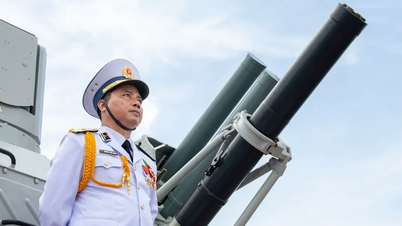

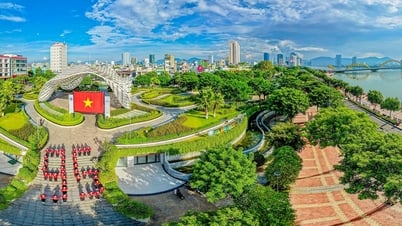

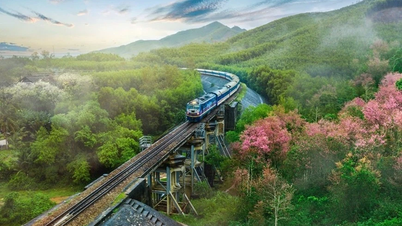

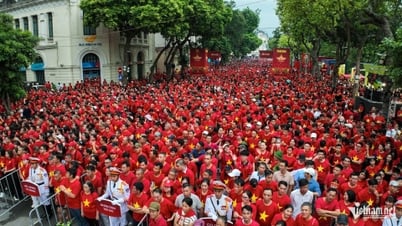




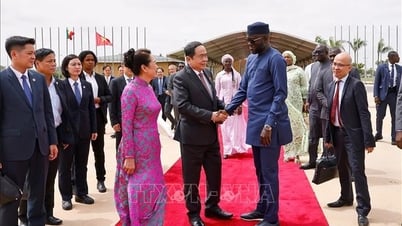







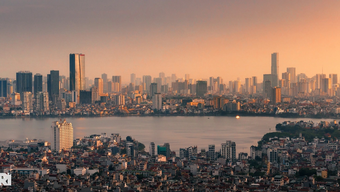



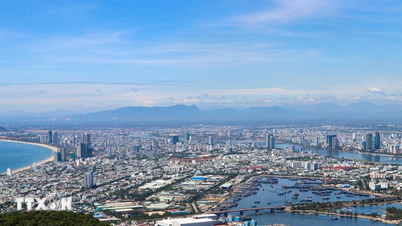




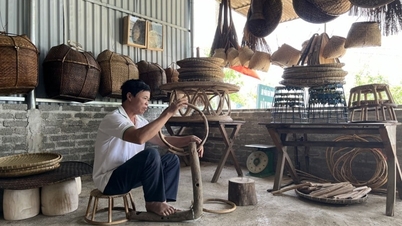


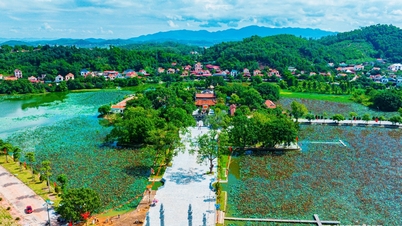


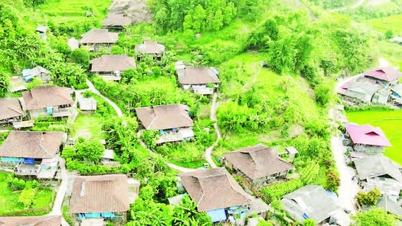
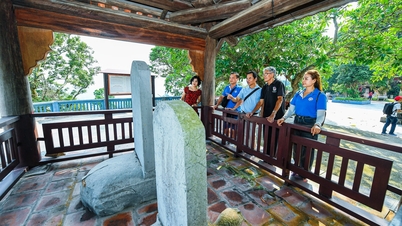










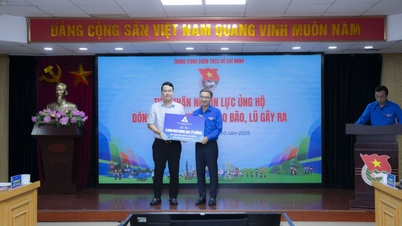



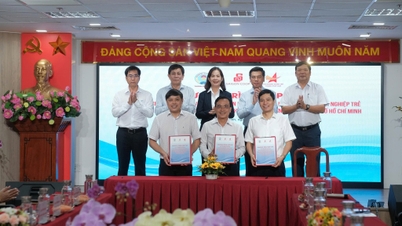












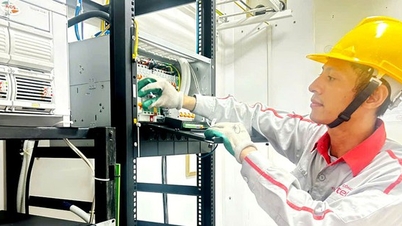

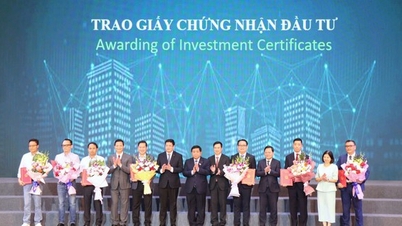
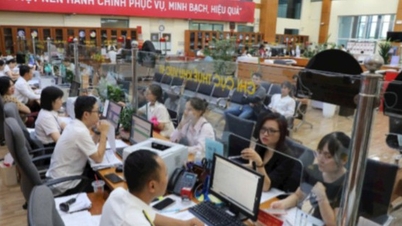
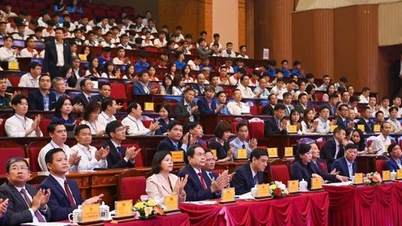
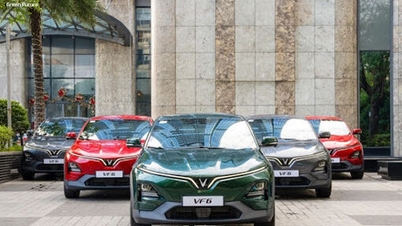

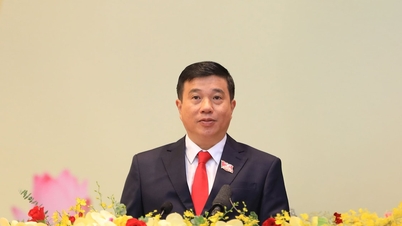





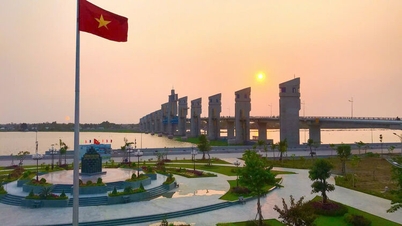

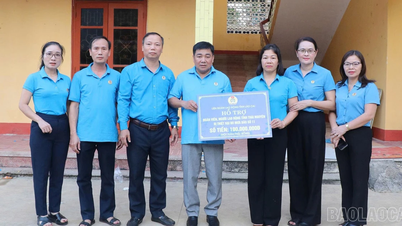













Comment (0)